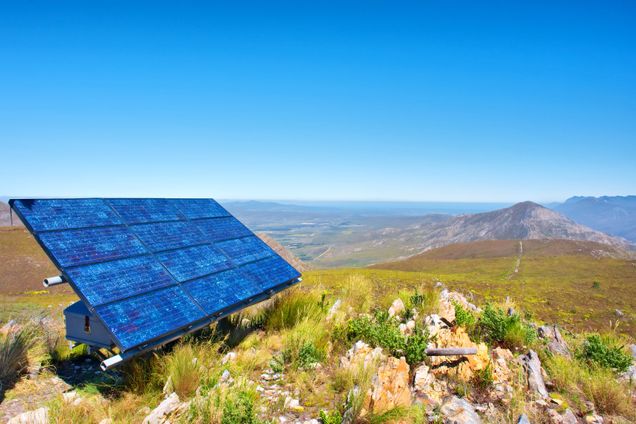Expanding Renewable Energy for Access and Development: The Role of Development Finance Institutions in Southern Africa

The COVID-19 crisis has revealed many of inherent societal fragilities. As countries in Southern Africa recover from the crisis and mobilize to ensure resilience and sustainability are built into their economies, reinvigorating development finance to invest in renewable energy and energy access will be essential for the people and countries of the Southern African Development Community (SADC). SADC countries face enormous opportunities and challenges in developing their energy infrastructure over the next decades to power development and provide access to all. Currently, the region does not have sufficient reliable supply of energy and electricity, and what energy is available is not easily accessible by large swaths of the SADC region’s population; eight out of the 16 SADC countries have less than 50 percent electricity access, and some countries, such as Malawi and the Democratic Republic of the Congo, have less than 20 percent access.
In order for SADC to meet the needs and aspirations of its people, a significant increase in investments into the energy sector is needed in general, and in renewable energy in particular. Energy and electricity underpin the economic development process: investing in renewable energy harnesses some of the region’s strongest comparative advantages in a manner that will ensure greater growth, opportunity and well-being. Development finance institutions (DFIs), such as development banks, granting agencies and export credit agencies, have a key role to play in financing the expansion and structural transformation that SADC’s energy sector requires.
A new report by the Boston University Global Development Policy Center, the SADC Development Finance Resource Centre (SADC-DFRC), the SADC Centre for Renewable Energy and Energy Efficiency (SACREEE), the Development Bank of Southern Africa and the University of Pretoria Centre for Human Rights explores the role of DFIs in financing renewable energy in Southern Africa.
Th
Th
According to the estimates, over the past decade, DFIs have provided over $10 billion toward renewable energy, or approximately $1 billion per year. This report finds that just three DFIs represent 61 percent of the renewable energy DFI financing in SADC – led by the Export-Import Bank of China, the Brazilian National Development Bank (BNDES) and the Development Bank of Southern Africa (DBSA). The World Bank, the European Investment Bank, Germany’s KfW, African Development Bank (AfDB) and a host of other multilateral and national development banks operating in the region supply the remainder of that financing.
In addition to providing estimates of the renewable energy needs and potential for SADC over the next decades, the report identifies the barriers to investment in renewable energy and shows how DFIs are uniquely poised to overcome those barriers. If DFIs coordinate and scale their efforts with respect to renewable energy finance over the next decades, the authors assert commercial financing will follow and help secure the energy path the region needs for security and prosperity.
Key recommendations:
- SADC countries need to commit to achieving 53 percent renewable energy capacity by 2040, and to align the newly proposed SADC Regional Development Fund with the 53 percent renewable energy target.
- SADC countries need to make firm national policy commitments and create enabling environments aligned with the 53 percent target, and likewise align their national DFIs with that goal.
- DFIs should support efforts in preparing and packaging renewable energy projects for financing and implementation to accelerate the attainment of the 53 percent target and should support rural and off-grid energization efforts to attain universal access.